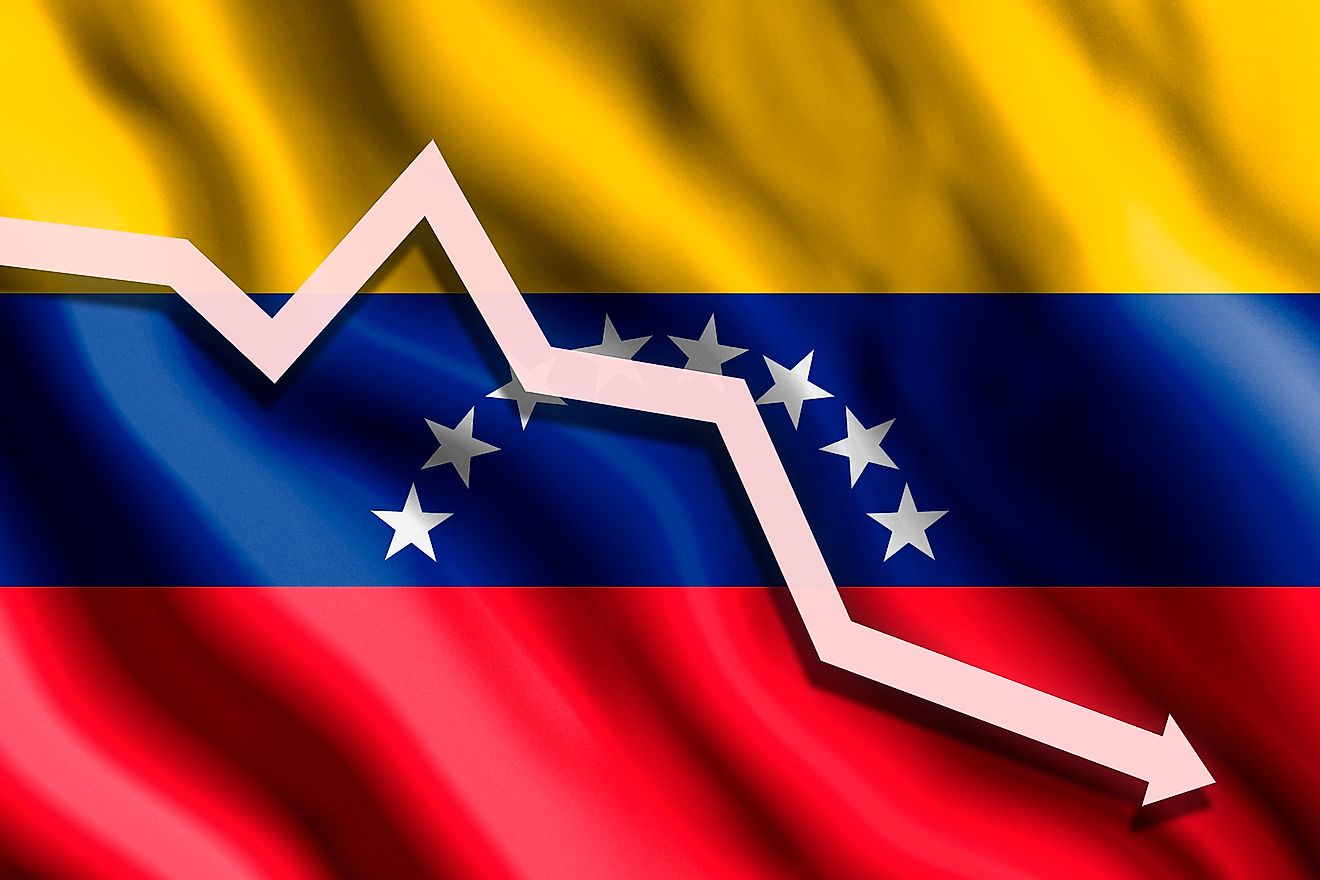High Level of Mercury Found in Pumas Linked to Coastal Fog

High-levels of monomethylmercury (MMHg) has been detected in pumas (Puma concolor) roaming coastal central California, USA. Coastal fog has been implicated as the likely culprit.
The study entitled "Marine fog inputs appear to increase methylmercury bioaccumulation in a coastal terrestrial food web” conducted by scientists from UC Santa Cruz has been published in Nature on November 26, 2019.
The researchers warn that with increasing mercury levels in the environment, the toxicological effects of this pollutant might put coastal food webs at risk.
A Brief Summary: What Does The Study Tell?
Pumas and their associated food web in coastal central California live in a region that is regularly inundated with marine fog. The researchers found that adult puma fur and whisker samples from fog-influenced study region had three times more mean total mercury (THg) levels than that in comparable samples collected from pumas living further inland.
Since pumas are apex predators in their ecosystem, it was also important to study the THg levels in their prey species as mercury enters the system of an organism primarily through diet. Hence, the researchers also compared THg levels in deer (primary prey of the pumas) fur from the two regions and found it to be significantly different. Going further down the food chain, the lace lichen (Ramalina menziesii), an important bioindicator, and food for the deer, exhibited higher MMHg concentrations at sites with higher fog frequencies.
It is important to note here that since pumas in the study area have been subject to intense studies in the past, the presence of any marine prey in their diet, a possible source of mercury in their system, can be completely ruled out.
Mercury In Fog. Really?

So, while similar patterns of difference in THg/MMHg concentrations were observed in puma, deer, and lace lichen samples collected from coastal fog-influenced and inland areas, how could fog be linked to elevated mercury in organisms?
The attempt to connect the two began when Peter Weiss-Penzias, a UC Santa Cruz toxicologist, and lead author of the above-mentioned study, was biking to work on a cloudy summer morning, dripping from the mist.
He wondered whether the coastal fog enveloping him could be a source of mercury. A previous UCSC research had discovered mercury in the surface water of Monterey Bay.
“I was like, well, if it’s in the surface seawater and it can evaporate into the air, it probably should be in fog, because fog is just this cloud that sits right over the water, so it probably should soak it up. And I was like, oh, nobody’s ever measured that before,” Weiss-Penzias said in an interview published in 2017.
Soon, a study funded by the National Science Foundation was conducted to answer the question and found 10 times more mercury in the West Coast’s fog than in rainwater.
The Toxic Path Of Mercury
So, how did mercury end up in fog?
According to researchers, mercury in the sea comes from coal-fired power stations and gold mining activities. Forest fires and volcanic eruptions also contribute but only one in five mercury atoms are from these natural sources. Human pollution is the biggest contributor.
However, it is important to note that mercury derived from all these sources is relatively harmless. But when it enters the ocean, it undergoes a chemical reaction to transform into a more toxic form that can cause brain damage, memory loss, and reduce offspring viability.
When mercury-based pollutants drain into the ocean, it is converted to super-toxic methylated Hg compounds by anaerobic microbes residing in the ocean depths. These compounds are brought up to the surface waters by upwelling. The phenomenon is supported by the strong upwelling in the California Current along the central California coastline that brings deep water to the surface allowing the atmospheric escape of methylated Hg compounds. These escape as gaseous dimethylmercury (DMHg) or MMHg. The former is unstable and breaks down into MMHg that is absorbed onto cloud droplets and aerosols of coastal fog in the water-air boundary where it can remain stable in the aqueous phase for several days.
As the fog drifts inland, it rains down onto the forest floor as micro-droplets where it accumulates on lichen and other vegetation which are food for deer and the latter, in turn, are prey for puma. The methyl mercury in fog enters the food chain and the gradual process of biomagnification begins.
The Price Of Being An Apex Predator
Thus, toxic MMHg gradually amplifies or increases in concentration with every step up in the trophic level of a food chain (biomagnification) and builds up in each organism of a trophic level by a process called bioaccumulation.
So, after landing on the vegetation (lichens in the case study), MMHg biomagnifies and becomes more deadly at each step in the food chain (deer and then puma) through the process of biomagnification.
As the puma is perched at the top of the chain in the study area, mercury builds up in its system through bioaccumulation.
Out of the 94 pumas studied by the researchers, two females had mercury levels toxic enough to adversely impact reproduction and brain function in them. One was also found dead with lethal levels of mercury in its system.
The researchers are concerned that while it is difficult to ascertain the effect of mercury poisoning on the nervous system of these apex predators, the biggest threat comes from the ability of this toxin to reduce their reproductive success.
Should Humans Avoid Coastal Fog?
Weiss-Penzias assures people that they should not be afraid of the fog as mercury enters all animals via diet, not the air.
Studies have shown that crops grown in the zone with coastal fog have negligible mercury levels. Cows from a local ranch were also inspected for the presence of mercury in their system but nothing of concern was noted. However, while the coastal fog poses little risk to humans with a diverse diet base, it is the apex predators like the pumas that are at greatest risk. The scene is different in the case of humans over-consuming long-lived ocean fish that might lead to bioaccumulation of toxins in their system.
Getting Back What We Give
Most of us are aware of the fact that toxic pollutants leaching from land into water bodies is a major cause of water pollution that poses a threat to the survival of aquatic flora and fauna. But the above studies reveal that what we give also comes back to us. The toxic mercury entering oceans is returning to its source through coastal fog.
While in the present case, it is the pumas who are the prime victims, humans might also be affected in the future from related events as mercury concentrations in the environment keep rising with time.











